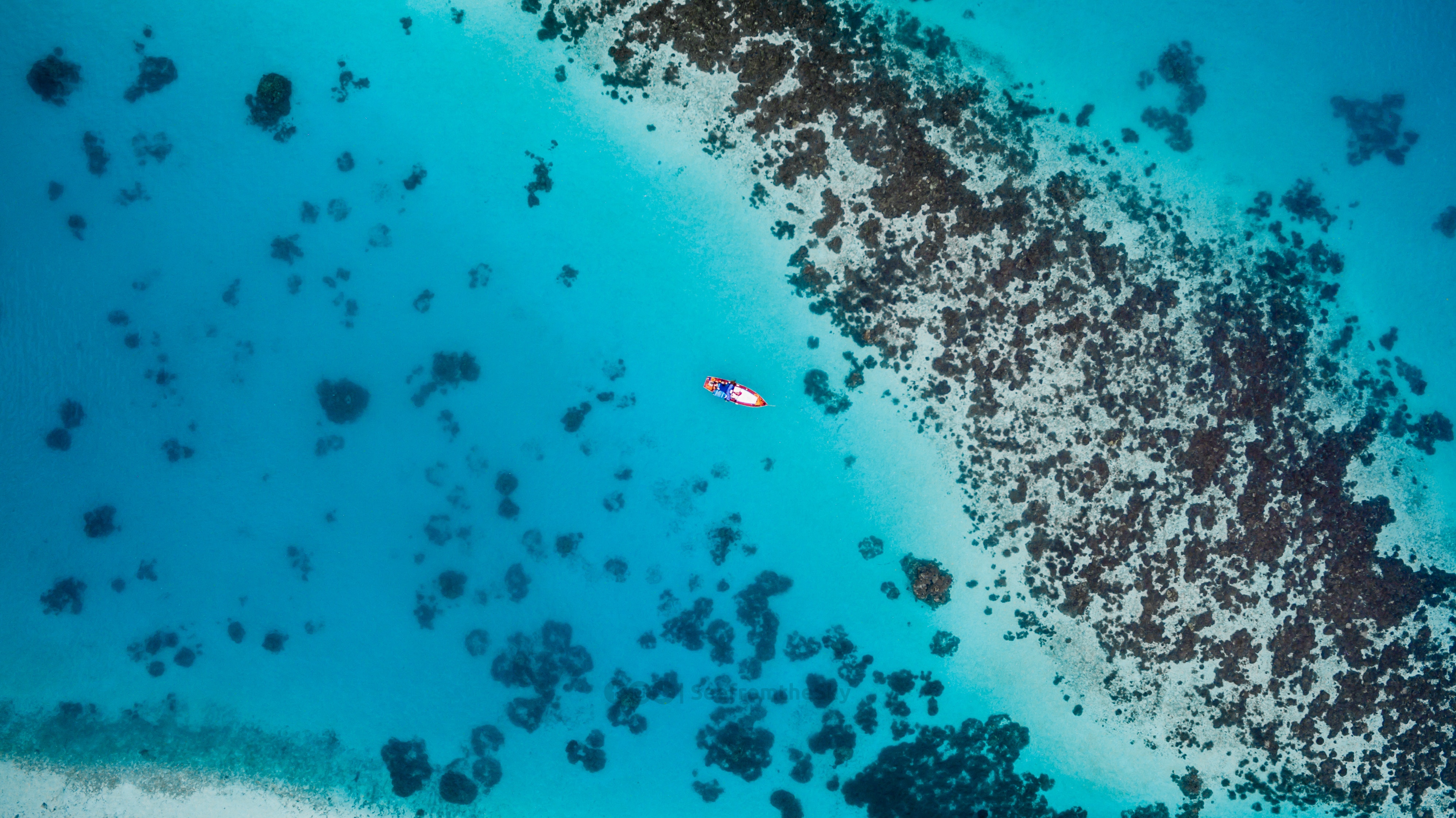Changes to the Great Barrier Reef can be seen from space
Embargoed until:
Publicly released:
2019-04-24 09:01
Changes to the Great Barrier Reef are visible from space, a fact Aussie and international researchers are now using to monitor the reef’s health. Using remote underwater cameras and satellite images from Google Earth, researchers looked at fishes’ grazing halos – plant patterns that show where fish have been eating – to estimate the health of the sea life. They found changes in algae occur over long periods of time (over 40 years), and over thousands of kilometers. This approach can be used to detect and predict changes in reef ecology worldwide, and since it can be done using Google Earth, even inaccessible reefs can be monitored, the researchers say.
Journal/conference: Proceedings of the Royal Society B
Link to research (DOI): 10.1098/rspb.2019.0053
Organisation/s: Macquarie University, ARC Centre of Excellence for Coral Reef Studies, The University of Queensland, Massey University, Charles Darwin University, University of Queensland
Funder: The World Wildlife Fund, Australian Research Council, US National Science Foundation, Google.
Media Release
From: The Royal Society
Marine reserves shape seascapes on scales visible from space
Marine reserves are a widely-used tool to mitigate fishing impacts on marine ecosystems. Predicting reserves’ large-scale effects on habitat structure and ecosystem functioning is a major challenge, however, because these effects unfold over longer and larger scales than most ecological studies. We use a unique approach merging remote sensing and behavioral ecology to detect ecosystem change within reserves in Australia’s vast Great Barrier Reef. We find evidence of changes in reefs’ algal habitat structure occurring over large spatial (1000s of kms) and temporal (40+ years) scales, demonstrating that reserves can alter herbivory and habitat structure in predictable ways. This approach demonstrates that we can now detect aspects of reefs’ ecological responses to protection even in remote and inaccessible reefs globally.
Attachments:
Note: Not all attachments are visible to the general public
-
The Royal Society
Web page


